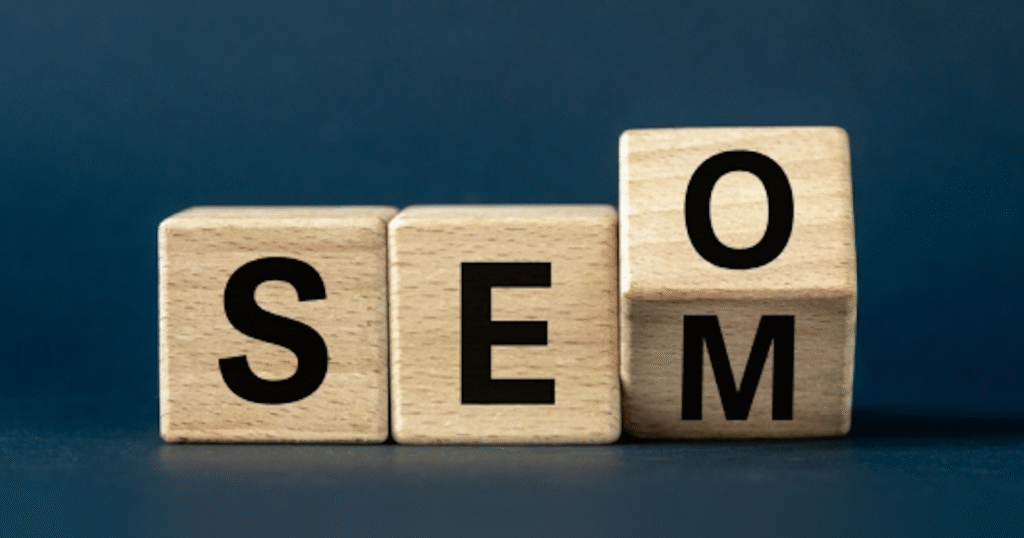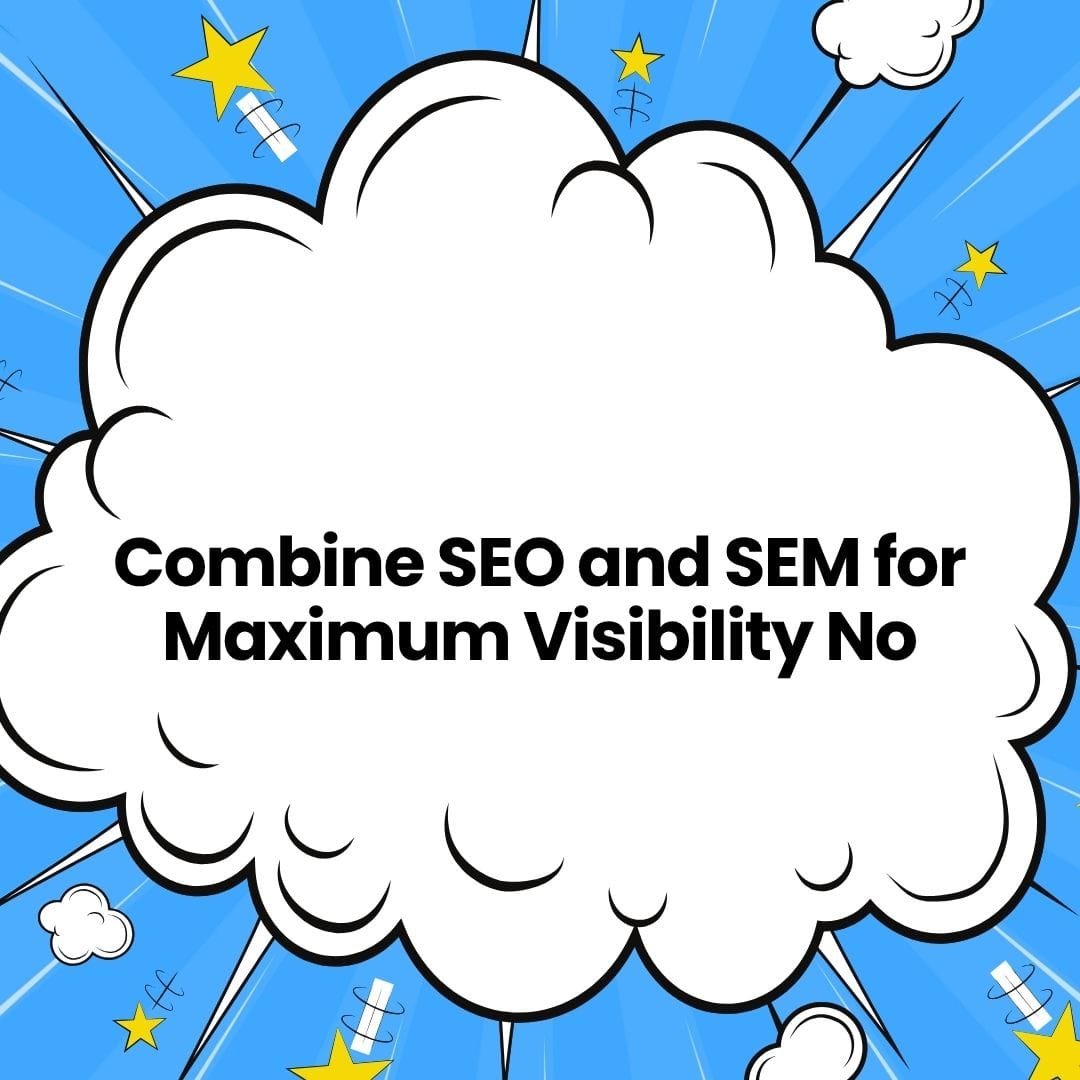Getting seen online is harder than ever. Many websites fight for the same audience. If you want to stand out, you need more than just one tool. That’s where SEO and SEM come in.
These two methods work better together. Let’s explore how you can combine them to boost your online visibility today.

What Is SEO?
SEO stands for Search Engine Optimization. It helps your website rank higher in search results. This means more people can find you when they search on Google.
Here are some key parts of SEO:
- Using the right keywords
- Creating helpful content
- Making sure your site loads fast
- Using titles and headings well
- Getting backlinks from trusted sites
With SEO, you don’t pay for clicks. Instead, you earn your spot over time.
What Is SEM?
SEM stands for Search Engine Marketing. It includes paid ads on search engines. These ads show up above or below organic results.
Popular SEM platforms include:
- Google Ads
- Bing Ads
With SEM, you pay for each click. But the results are fast. You can show your offer to the right people today.
Why Use Both Together?
SEO is slow but steady. SEM is fast but costs money. When you use both, you get the best of both worlds.
Here’s why they work well together:
- Better Coverage – You can show up in both paid and organic results.
- More Data – SEM gives quick feedback. You can use that to improve your SEO content.
- Faster Results – While SEO takes time, SEM brings traffic right away.
- Smarter Spending – If some SEO keywords are hard to rank for, use SEM instead.
- Brand Trust – When people see your site in both places, they trust you more.
How to Combine SEO and SEM the Right Way
Here are simple steps to make both work for you:
1. Use SEM Data to Improve SEO
Start with Google Ads. Find which keywords get the most clicks. Then, create blog posts or landing pages with those keywords. This way, you use data to guide your SEO.
2. Use SEO to Lower SEM Costs
If your site is well-optimized, your Google Ads quality score improves. This lowers your cost per click (CPC). So SEO helps you save money on SEM.
3. Test Ideas With SEM First
Thinking of new topics or offers? Test them with a small SEM budget. If people click and convert, you know it’s worth building SEO content for that topic.
4. Target Different Keywords
Use SEO for long-tail keywords (example: “best halal hotpot in JB”). Use SEM for high-competition keywords (example: “hotpot JB”). This gives you full coverage.
5. Combine Reports
Track results from both channels. Tools like Google Analytics and Google Search Console can help. Look at which pages get traffic from both paid and organic searches. Focus more on those pages.
Final Thoughts
SEO and SEM are not enemies. They are partners. When used together, they drive more traffic, give better data, and help your brand grow faster.
Start small. Run a few Google Ads. Write SEO content based on what works. Then keep building from there.
Want more visibility? Don’t pick one. Use both.
Feel free to contact us for a free consultation.

